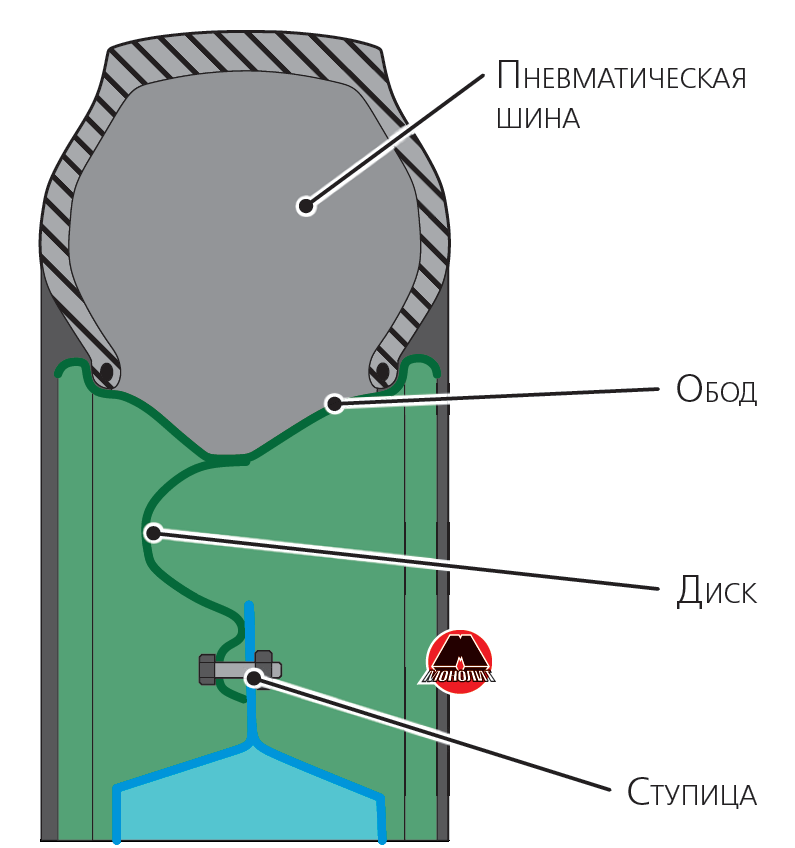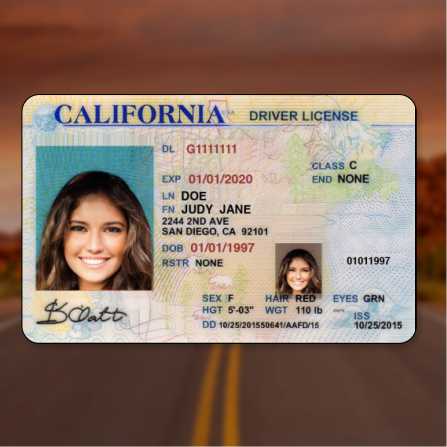
How to read tires and avoid problems while driving on the road
In addition to measuring the wear on your tires, you should also run your hand over the surface of your tires and do a tread test once or twice a week. This will help you travel safely on the roads.
Tires are as important to your car as any other part of your car. Sure, tire wear won't tell you much about the battery or other electronics, but all sorts of suspension problems can be diagnosed just by looking at how tires wear.
Your tires can wear out in four main ways. Here we will tell you how to read problems in your tires.
Even tread wear
If the tread wear is simply too much, but the tread is wearing evenly across the width of the tire, as it should, just replace the tires. If you see tread bars, if you see wire or metal on a tire, it's time to replace the tire on your car.
Uneven tread wear
If the treads wear unevenly, this may indicate a more serious problem with your vehicle. For example, if the tread on only one side of the tire is worn, this may indicate that the wheels need to be reinstalled. However, the very need for such a restructuring may indicate different things, such as wear on ball bearings or silent blocks of levers. Worn tracks on one side can also indicate slack springs, so this type of wear means your suspension system needs to be checked by someone competent.
Internal and external tread wear
Internal and external tread wear without internal tread wear can be a sign of chronic under inflation. However, if you make sure your tires are properly filled with air using a pressure gauge, this type of wear can be a sign of a bent or worn steering component. Wheels may also need to be centered. If you constantly pump too much air into the tires, it will wear out the center of the tire.
Other tire wear
Other odd wear patterns include fletching, which means each tread becomes round on one side and sharp on the other. Experts suggest looking for this pattern by hand, as you can feel the sharp edges before the condition of your tyres. Second rib wear and cupping are other forms of wear that indicate deeper problems such as missized radial wheels with steel belts and worn or bent suspension parts.
:
